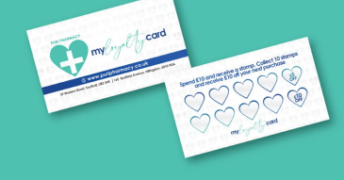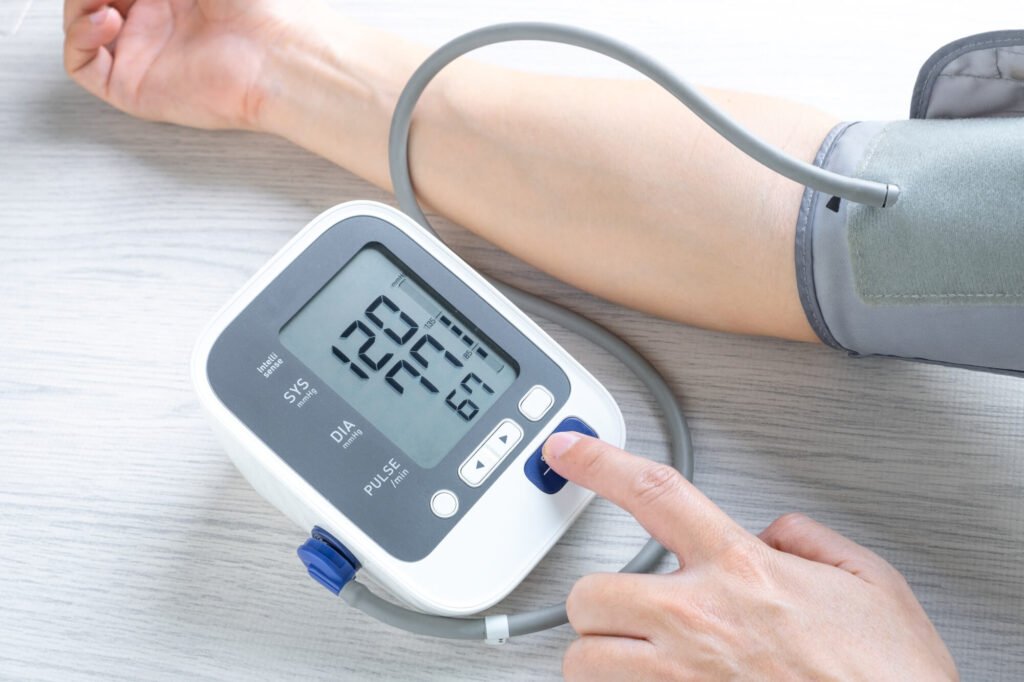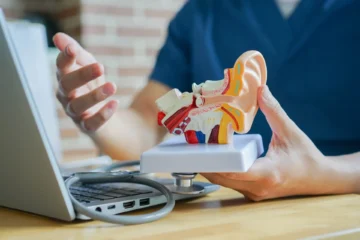Understanding High Blood Pressure

Understanding Blood Pressure
Blood pressure, a crucial health indicator, involves two key measurements: systolic pressure (the higher number) reflects the force of your heart pumping blood, and diastolic pressure (the lower number) indicates resistance between heartbeats. Elevated blood pressure is commonly known as hypertension.
In a nutshell:
- High blood pressure is recognised at 140/90mmHg or above (or an average of 135/85mmHg at home).
- If you’re 80 or older, the threshold is 150/90mmHg or higher (or an average of 145/85mmHg at home).
- Ideal pressure falls between 90/60mmHg and 120/80mmHg, aiming for below 150/90mmHg (or 145/85mmHg at home) for those over 80.
Good news! You can get a FREE check at our Southall or Hillingdon branches. Our expert team provides valuable insights into understanding and sustaining a healthy lifestyle. Feel free to walk in or schedule an appointment for personalised guidance. Your well-being is our priority.
Understanding Your Reading
You can use the NHS tool here to learn more about your reading. You should not use this tool to diagnose any symptoms. If you’re worried about your blood pressure, book an appointment at your GP surgery.
Visit Puri Pharmacy for a Free NHS Hypertension Check
Get a FREE check at our Southall or Hillingdon branches. Our trained professionals offer guidance on understanding and maintaining a healthy lifestyle. You can simply walk into either branch or book an appointment.







